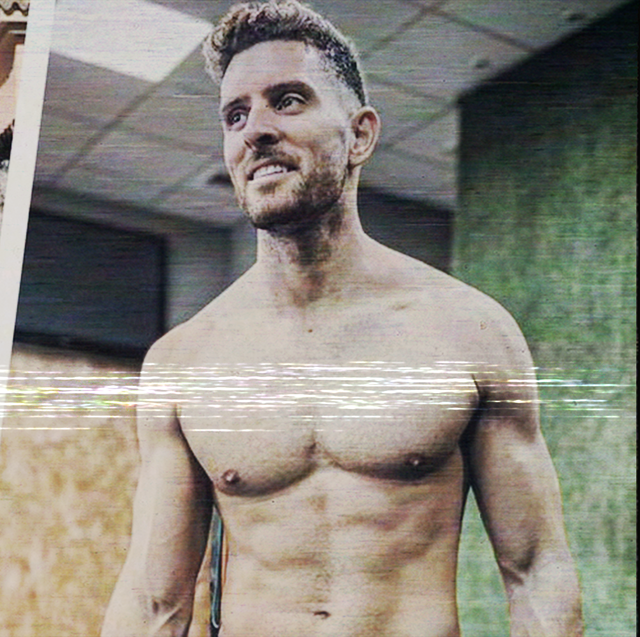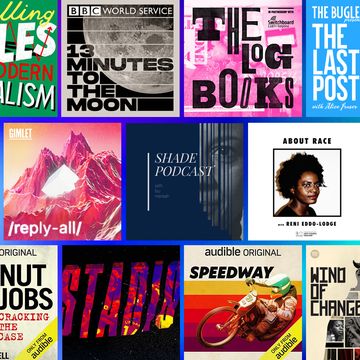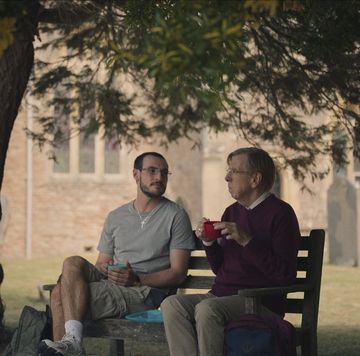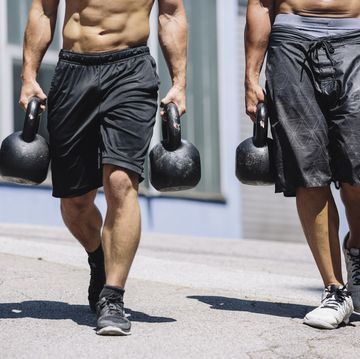Álvaro Andrades, a 29-year-old trainer from Spain, tells us how he has been able to overcome the ravages that the pandemic wreaked on his body to get back in shape in record time.
My diet and exercise routine was almost complete devastated by the pandemic. I have always done sports and when I was young I worked for some years as a model. Then I started to neglect my diet and leave a little aside my training sessions. Some days I didn't eat breakfast, others a pack of sweets, at night I ate a lot of pizzas, nachos, etc.
I realised that road I was on wasn't good or healthy. I was eating very badly and training very little. I would start working out and stop in the middle of it. When I was on the last days of vacation in August, I looked at myself in the mirror and I didn't feel good about myself. I was eating out too much, which prevented me from eating a balanced diet. I reflected and realised that if I continued this lifestyle, it was not going to bring me any good.
I knew I needed to start taking care of myself again, but I never found the time. That's when I decided to take the steps to start planning a diet, keeping track of meals and training. When August 30, 2021 arrived, my physical transformation began.
Those next two months were about removing all ultra-processed food and controlling my meals. For workouts, I cross-trained from Monday to Friday and ran through the mountains and biked on the weekends. When I started I didn't look at my body fat percentage but I know it was be over 20%.
My typical diet for those two months my diet has been a kiwi when I wake up; a bowl of oat flakes with blueberries and a two-egg omelet for breakfast; mid-morning: a piece of fruit; a typical lunch would be: rice with meat, lentils with vegetables, pasta, potato stew with beef; afternoon snack: if I train, bowl of oat flakes with chopped apple. If I don't train, whole wheat bread with tuna; dinner: vegetables with grilled blue or white fish, veal or chicken skewers; and before bed: 0% sweetened yogurt.
I did not weigh my food or count calories. I was just looking for moderate portions. Now that I have started a sports diet, I am weighing my food so that I get everything I need for my workouts. I don't have cheat days, but if I have to eat out on the weekend, sometimes I order something out of the diet, but always in moderate portions. I have gone from eating four pizzas a week to eating one a month.
As far as working out, I cross-train, which is a high workout that includes different exercises. I cross-train and lift weights twice a day (1 hour and 30 minutes in the morning and 1 hour in the afternoon) on Mondays, Tuesdays, Wednesdays and Fridays. On Thursdays I take an active break and do low intensity workouts and practice some drills to improve my technique for an hour and a half. On weekends I take the opportunity to go mountain running or road biking (between 2 and 3 hours).
Two and a half months later, I'm 30 pounds down, at a healthy weight and a normal body fat index of 14 percent.
The first thing I noticed was how quickly I reduced my waistline. The physical change has been incredible but what has surprised me the most is how good I've felt since the first week I started the diet. I have less bloating, more energy and above all, more agility when I train.
One thing that impressed me a lot was that several people told me that I inspired them. They encouraged me to continue with my diet, asking me to not give up because they were following in my footsteps and that was the motivation they had. They also sent me pictures of people who had lost many kilos and encouraged me to continue.
I'm not afraid of gaining my weight back because I've become conscious of eating healthy and I'm doing very well. It has become a habit.
Joaquín Gasca es experto en deportes de competición, tecnología y motor. Hace un tiempo que colgó las botas de tacos para centrarse en el pádel y el running… cosas de la edad, se queja. Pero también se apunta a cualquier bombardeo que tenga que ver con poner su cuerpo al límite, sea al volante de un Aston Martin o yendo a la oficina en patinete.
Es muy del Atlético de Madrid, así que cuando futbolistas como Marcos Llorente o Álvaro Morata han protagonizado la portada de Men’s Health, allí estaba él para escribirlas. Acaba de correr su primer maratón para Runner’s World, y como pasa en este universo, ya está buscando el siguiente para bajar de las 3 horas. Si hay que testear cualquier tipo de pala de pádel, vehículo o reloj, no pone problema. Incluso zapatillas. Lo que haga falta en equipación deportiva.
Joaquín se graduó en periodismo por la USP-CEU en 2013, pero desde 2009, cuando entró en el periódico de la Universidad, ya comenzó a ejercer de “periodista” 360 en digital y papel. Los siguientes pasos de sus casi 15 años de carrera los dio haciendo cultura y deporte en la revista Shangay, hasta que entró en Hearst una semana antes del inicio de la pandemia en 2020. También es profesor de redes sociales y nuevas tecnologías en la Universitas Senioribvs CEU y forma parte del Innovation HUB de Hearst para investigar sobre nuevas tendencias.













